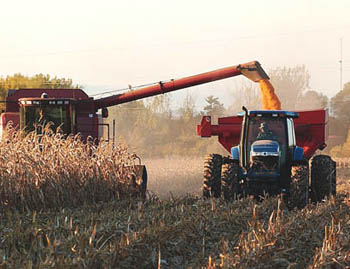The lush green fields of sugarcane farms in every village and every hamlet, every state and every city distinctively identify Mauritius as a top sugar producer
Unlike the Kenyan bittersweet sugar story, the success of the Mauritius sugar industry boils down to favourable policies introduced by the government that amalgamated the factories.
The government has also created policies to push diversification and cogeneration among the millers that are now owned by private developers. Sugar cane is now grown on about 90 per cent of the cultivated land area and accounts for 25 per cent of export earnings.
Sugar farms occupy 62,000 hectares of land out of the total country area of 204,000 hectares. And as Kenya mulls over switching to irrigation from rain-fed agriculture, in Mauritius large overhead sprinklers sustain the sugar cane fields all year round.
The sector also contributes up to 60 per cent of the Indian Ocean Island’s electricity requirements, according to the director of Mauritius Sugar Producers Association Jean Li Yuen Fong.
From his Plantation House office in central Port Louis, Mr Fong delves into the evolution of the Mauritian sugar sector.
“We are one of the largest exporters of sugar under the Sugar Protocol which comes to end in September when Economic Partnership Agreements take over,” he said.
Sugar cane was first introduced to Mauritius by the Dutch in 1638.
They mainly cultivated it for the production of arrack, a precursor to rum, and also as the only crop that could withstand frequent cyclones. The economy is mainly dependent on sugar cane plantations, tourism and textiles though other sectors are rapidly developing as well.
“Over the years, there has been abandonment of significant acreage of land previously under sugar cane farming because of the diversification of the economy and poor product prices in comparison to the cost of production,” he said.
One of the foremost reform policies that have spurred this development is the amalgamation of sugar factories. Initially, the country had over 250 factories. According to Mr Fong, essentially every large scale farmer owned a mill.
Over time though, the entrepreneurs were forced to centralise to achieve economies of scale.
The factories were reduced to 23, then seven. But the amalgamation is not over yet, stated Mr Fong.









